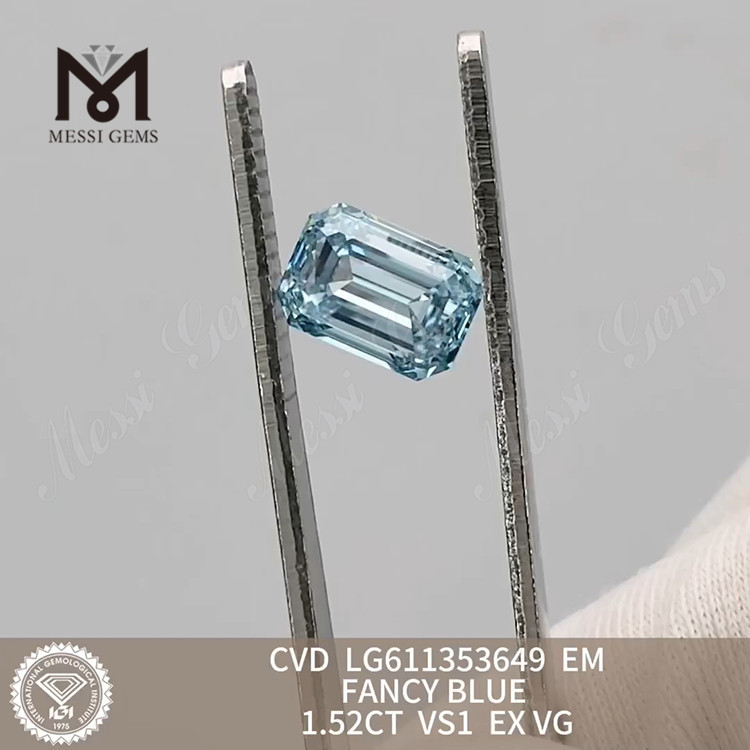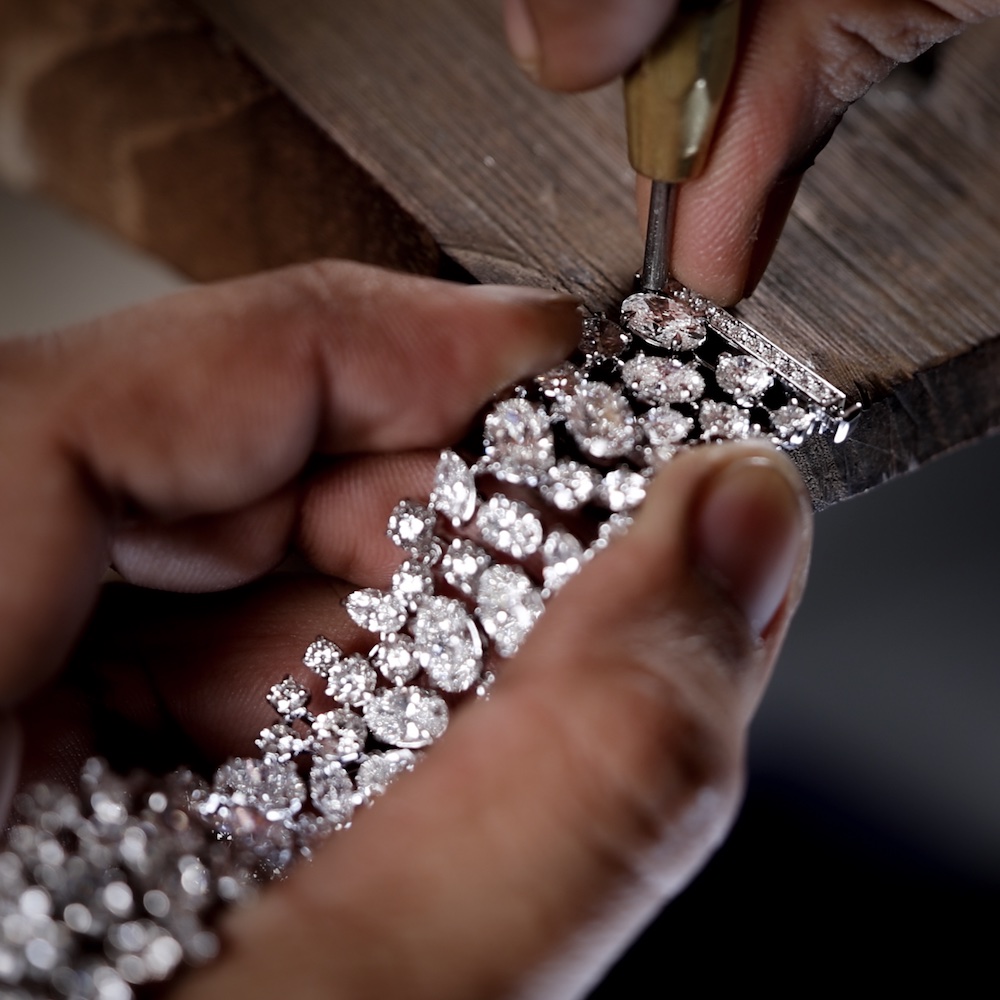Grown brilliance diamonds set the stage for an exciting journey through the world of modern luxury and innovation. These exceptional stones invite curiosity and admiration as they blend the timeless allure of diamonds with the advancements of contemporary science, offering a fresh perspective on what it means to own something truly brilliant.
Grown brilliance diamonds are lab-created gemstones developed through precise scientific methods that replicate the natural diamond-growing process. Originating as a sustainable alternative to traditional mining, they have rapidly gained popularity due to their ethical sourcing, environmental benefits, and high-quality characteristics. Unlike mined diamonds, grown brilliance diamonds are cultivated using advanced technologies, resulting in stones that match or even surpass their natural counterparts in cut, clarity, color, and carat. Their unique origins and attributes set them apart, making them a preferred choice for discerning consumers worldwide.
Introduction to Grown Brilliance Diamonds
Grown brilliance diamonds, also known as lab-grown or synthetic diamonds, have emerged as a modern, innovative alternative to natural diamonds. These gems are chemically, physically, and optically identical to mined diamonds but are crafted using advanced technological methods in controlled laboratory environments. The concept of creating diamonds dates back to the mid-20th century, but it is only in the past two decades that grown brilliance diamonds have gained significant popularity among both jewelers and consumers.
The rise of grown brilliance diamonds is linked to advancements in technology, changing consumer values, and the push for more sustainable luxury. Originally developed for industrial use, these diamonds have quickly established a foothold in the fine jewelry market due to their remarkable quality and ethical appeal. Key attributes that differentiate grown brilliance diamonds from other types include their verifiable origin, consistent quality, and lower environmental impact.
Distinguishing Features of Grown Brilliance Diamonds

Unlike simulants such as cubic zirconia or moissanite, grown brilliance diamonds are pure carbon crystals, identical in every way to natural diamonds except for their origin. This distinction is crucial for consumers seeking authenticity along with ethical sourcing.
- Indistinguishable from natural diamonds in appearance and quality
- Produced in environmentally controlled settings
- Traceable production process for ethical assurance
- Often come with detailed grading reports
Grown brilliance diamonds are not imitations; they are genuine diamonds created above ground.
Manufacturing Process of Grown Brilliance Diamonds

The process of creating grown brilliance diamonds is a remarkable blend of science and artistry. These diamonds are cultivated using two primary methods: High Pressure High Temperature (HPHT) and Chemical Vapor Deposition (CVD). Both approaches replicate the natural conditions under which diamonds form deep within the Earth but allow for greater control over the resulting gem’s characteristics.
Step-by-Step Diamond Cultivation

Both HPHT and CVD begin with a diamond “seed” – a tiny slice of existing diamond, which acts as a foundation for crystal growth. The procedure involves advanced machinery, careful temperature and pressure control, and precise timing to ensure a flawless result.
- Selection of diamond seed
- Placement in specialized growth chamber
- Application of heat and/or plasma to initiate carbon deposition
- Crystal growth over several weeks to months
- Extraction and cutting of rough diamond
- Polishing and grading for jewelry use
Comparison of Cultivation Methods
| Method | Process Duration | Typical Size | Unique Features |
|---|---|---|---|
| HPHT | 2-4 weeks | Up to 10 carats | Produces both colorless and fancy colored diamonds; mimics natural formation |
| CVD | 3-8 weeks | Up to 5 carats | Greater control over purity and type IIa diamonds; energy-efficient process |
Technological Innovations in Production
Modern diamond labs employ state-of-the-art equipment, including plasma reactors, pressurized chambers, and advanced monitoring systems. The use of high-definition imaging and spectrometry ensures that every layer of carbon aligns perfectly, minimizing flaws and maximizing brilliance.
The precision of today’s lab technology allows for the creation of diamonds that rival, and often surpass, their natural counterparts in clarity and consistency.
Characteristics and Quality Assessment
Grown brilliance diamonds are assessed using the same rigorous criteria as natural diamonds. Experts evaluate each stone’s cut, color, clarity, and carat to determine its value and appeal. With advancements in laboratory controls, lab-grown diamonds often exhibit fewer inclusions and more consistent grading than their natural counterparts.
Diamond Grading Criteria
Diamonds are graded across multiple attributes that together determine their overall quality and desirability. These factors are universally applied in the diamond industry to ensure transparency and comparability for consumers.
- Cut: Precision and brilliance of the stone’s shape and facets
- Color: Presence or absence of yellow or brown tints
- Clarity: Number and size of internal and surface imperfections
- Carat: Weight and size of the finished diamond
A well-graded grown brilliance diamond displays exceptional fire, sparkle, and minimal visible flaws, often outperforming many mined diamonds.
Quality Comparison with Mined Diamonds
While both lab-grown and mined diamonds are graded by the same standards, grown brilliance diamonds tend to benefit from controlled conditions that reduce the likelihood of major inclusions or color inconsistencies. This results in a broader availability of high-clarity and colorless stones for consumers.
- Lab-grown diamonds offer more consistent quality per carat
- Fewer visible inclusions due to fewer geological anomalies
- Wider range of fancy colors can be produced intentionally
- Pricing is more predictable and less influenced by geological scarcity
Last Recap
In summary, grown brilliance diamonds represent a remarkable blend of beauty, ethics, and innovation. As the industry continues to evolve, these lab-created gems are not only redefining luxury but also setting new standards for sustainability and quality. Whether you are seeking a dazzling piece of jewelry or a forward-thinking investment, grown brilliance diamonds offer a bright and promising future in the world of gemstones.